Disclosure: This article contains affiliate links. We may earn a commission from purchases at no extra cost to you, which helps our travel content.
Standing at the edge of Helsinki's South Harbor, the morning light dances across the Baltic Sea as fishmongers arrange their daily catch with the precision of gallery curators. The salty breeze carries whispers of Finland's culinary renaissance – a movement that has transformed this Nordic capital from a gastronomic footnote into one of Europe's most exciting food destinations. Having explored ancient civilizations across continents, I've developed an appreciation for how cultures express their soul through food. Helsinki's story is particularly fascinating: a city honoring its rugged traditions while boldly embracing innovation.
Market Halls: The Beating Heart of Finnish Food Culture
My love affair with Helsinki's food scene begins where it should – at the 133-year-old Vanha Kauppahalli (Old Market Hall). Nestled along the harbor, this ochre-colored building houses vendors whose families have occupied the same stalls for generations. Unlike the sanitized food markets that populate Instagram feeds, there's an authenticity here that reminds me of the mercados I photographed throughout Peru.
The market's wooden beams frame stories of Finnish resilience – this is a culture that learned to preserve and ferment out of necessity, transforming limitation into artistry. I watch as a vendor deftly slices gravlax, the cured salmon glistening like rose quartz. When I comment on his technique, he offers me a sample with a shy smile. The flavor is clean yet complex – the essence of Nordic minimalism on my palate.
Nearby, Hakaniemi Market Hall provides a more local experience. Here, I discover karjalanpiirakka (Karelian pies) – oval-shaped rye crusts filled with rice porridge and topped with egg butter. They're humble yet deeply satisfying, like the Finnish character itself.
For the ultimate market experience, I recommend bringing along a insulated market tote to keep your perishable treasures fresh as you explore the city afterward. Mine has accompanied me from Moroccan souks to Japanese fish markets, but finds particular utility in Helsinki's sprawling food halls.

💡 Pro Tips
- Visit Old Market Hall early (before 10 AM) on weekdays to avoid crowds and see fishmongers receiving fresh catch
- Don't miss the basement level of Hakaniemi Market Hall, where locals shop for everyday provisions
- Look for vendors offering tastings – Finns may seem reserved but warm up quickly when sharing their culinary heritage
The New Nordic Revolution: Helsinki's Michelin Constellation
If market halls represent Helsinki's culinary foundation, its Michelin-starred restaurants are the ambitious spires reaching skyward. Finland was late to the fine dining revolution that swept through Copenhagen and Stockholm, but has made up for lost time with remarkable creativity.
At Olo, Chef Jari Vesivalo crafts a 'Taste of Finland' menu that reads like a poetic tribute to the country's extreme seasons. My summer visit featured wild herbs foraged that morning and berries so vibrant they seemed illuminated from within. What struck me most was how the restaurant's elegant minimalism echoed ancient Finnish wisdom about sustainability – nothing wasted, everything honored.
Perhaps most emblematic of Helsinki's culinary evolution is Restaurant Grön, where Chef Toni Kostian creates plant-focused cuisine that feels both primal and futuristic. As someone who has studied how ancient civilizations maximized limited resources, I was fascinated by Grön's approach to forgotten ingredients and preservation techniques.
For these special dining experiences, I've found my compact light meter invaluable for capturing food photography in Helsinki's notoriously challenging lighting conditions. The restaurants' moody ambiance creates atmosphere but presents challenges for documenting these culinary artworks.
Reservations at Helsinki's top restaurants should be made 2-3 months in advance, particularly during the summer season when the midnight sun brings extended dining hours and increased demand.

💡 Pro Tips
- Book Michelin restaurants months ahead, but check for last-minute cancellations by calling directly the day before
- Request counter seating when available to watch the kitchen choreography and engage with chefs
- Consider lunch instead of dinner at top restaurants for similar experiences at more accessible price points
Helsinki's Third Wave Coffee Culture
Between market explorations and fine dining experiences, Helsinki's sophisticated coffee scene provides the perfect interlude. Finns consume more coffee per capita than any other nation – a fact that makes perfect sense after experiencing their long winter nights and luminous summers that disrupt normal sleep patterns.
What surprised me was how this coffee obsession has evolved beyond functional caffeine delivery into a full-blown cultural movement. At Kaffa Roastery, I watched baristas approach their craft with the precision of scientists and the passion of artists. The roastery's industrial-chic space in the Punavuori district reminded me of San Francisco's coffee pioneers, but with a distinctly Finnish sensibility – less pretension, more substance.
Good Life Coffee in Kallio offers a different experience altogether. This neighborhood has undergone the familiar pattern of gentrification I've witnessed from Melbourne to Barcelona, but maintains an authentic edge. Here, tattooed baristas engage in lengthy discussions about processing methods while preparing pour-overs with ceremonial focus.
For coffee enthusiasts exploring Helsinki's cafe culture, I recommend bringing a reusable coffee cup – not just for environmental reasons, but because many cafes offer discounts for bringing your own. The insulated design keeps your brew at perfect temperature during long walks along Helsinki's harbor promenades.
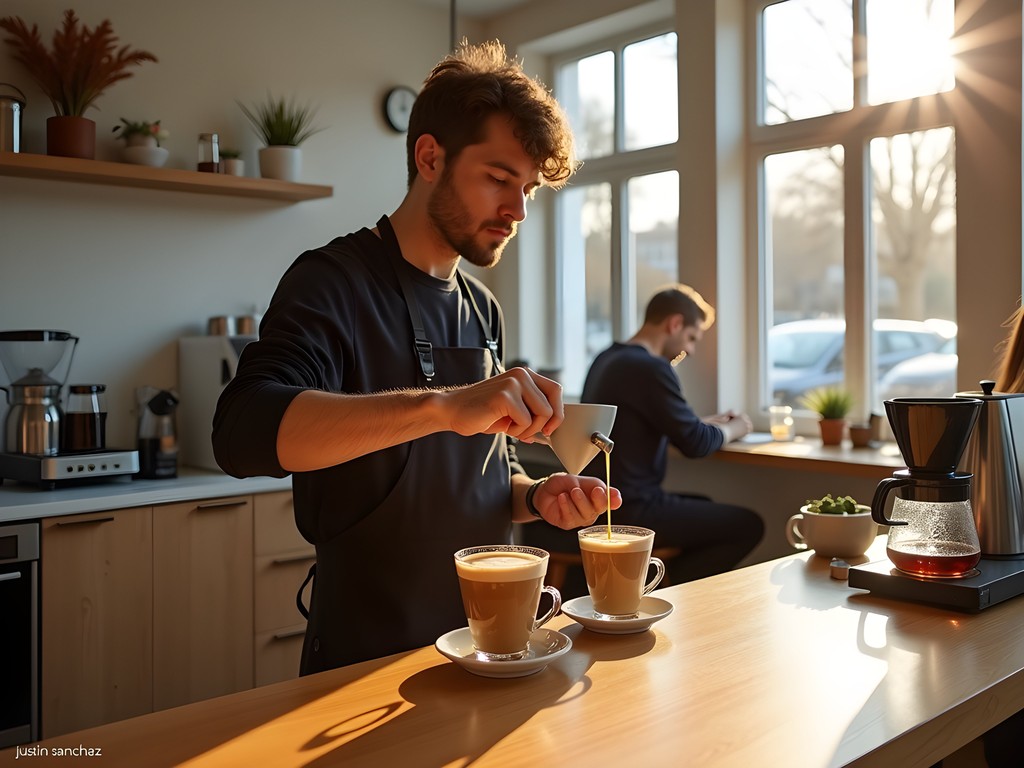
💡 Pro Tips
- Visit Johan & Nyström for both excellent coffee and waterfront views near Market Square
- Try Finnish coffee specialties like kaffeost (coffee poured over cheese curds) for a truly local experience
- Coffee shops make excellent workspaces in Helsinki, with reliable WiFi and a culture that doesn't rush customers
Sauna and Supper: The Ultimate Finnish Pairing
No exploration of Helsinki's food culture would be complete without understanding how deeply intertwined it is with sauna traditions. This connection became clear during my visit to Löyly, a striking contemporary sauna complex perched on Helsinki's waterfront. The angular wooden structure, resembling a giant piece of driftwood, houses both traditional smoke saunas and modern steam rooms.
After alternating between the intense heat of the sauna and bracing dips in the Baltic Sea (a ritual that feels simultaneously ancient and timeless), I experienced how profoundly this practice enhances appetite and sensory perception. The restaurant at Löyly serves contemporary Finnish cuisine that tastes transcendent after a proper sauna session – the simple whitefish with new potatoes and dill took on almost mystical qualities.
For the authentic experience, I recommend bringing a quick-dry travel towel for transitions between sauna and sea. Mine has accompanied me from Japanese onsen to Moroccan hammams, but finds particular utility in Finland's sauna culture where multiple drying-off sessions are part of the experience.
At the historic Allas Sea Pool, I discovered another perfect pairing: their rooftop restaurant serves traditional salmon soup (lohikeitto) that reaches its full potential when consumed after a sauna with views of Helsinki's harbor and the magnificent Orthodox Uspenski Cathedral across the water. The contrast between the velvety soup and the invigorating sauna practice creates a distinctly Finnish form of luxury – one based on elemental experiences rather than ostentation.
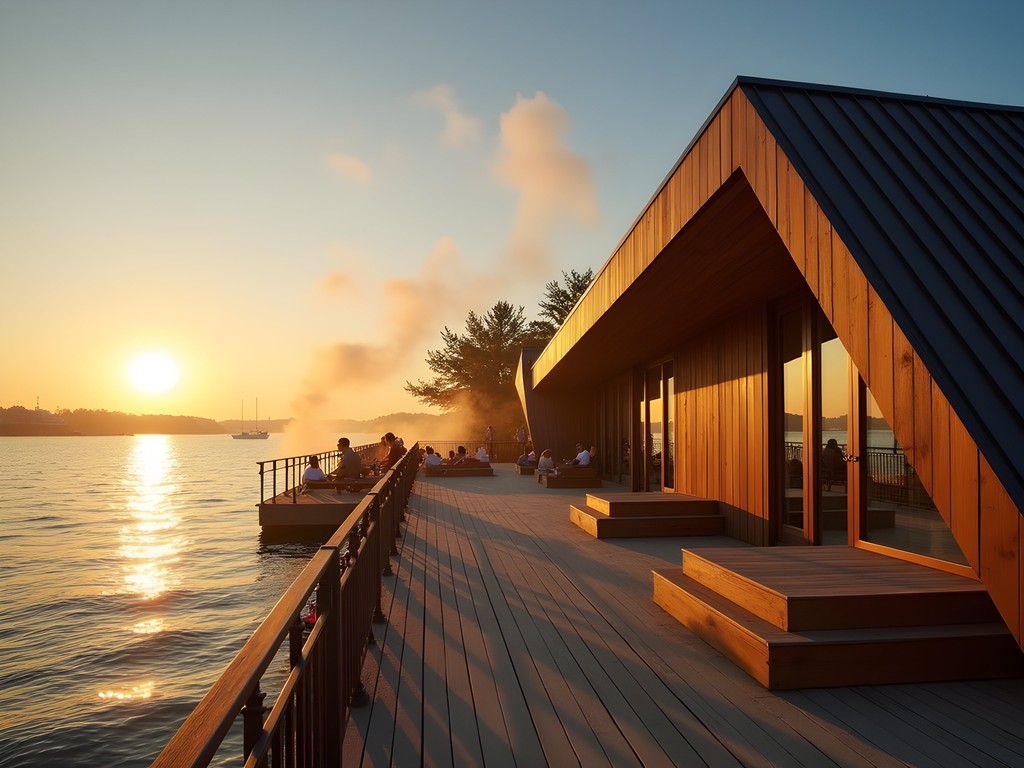
💡 Pro Tips
- Reserve sauna sessions at popular venues like Löyly at least a week in advance during summer months
- Follow sauna etiquette: shower before entering, bring a towel to sit on, and maintain peaceful silence
- Plan your meal immediately after sauna when your senses are heightened and appetite is at its peak
From Forest to Table: Foraging in Helsinki's Urban Wilderness
Perhaps the most surprising aspect of Helsinki's food scene is how the boundary between urban and wild remains delightfully blurred. Within a 15-minute tram ride from downtown, I found myself in Keskuspuisto (Central Park), a forest corridor stretching northward where locals gather mushrooms, berries and herbs with the casual confidence of people who've inherited ancient knowledge.
I joined a foraging tour led by Sami, a chef-turned-wilderness-guide whose family has harvested these forests for generations. As we collected chanterelles and lingonberries, he explained Finland's 'everyman's right' – the legal concept that allows anyone to forage on public lands. This principle has influenced Finnish cuisine profoundly, creating a food culture where wild ingredients aren't luxury items but birthright.
For serious foragers, I recommend bringing a foraging basket rather than plastic containers. Not only is it more environmentally appropriate, but the basket's open weave allows mushroom spores to disperse as you walk, ensuring future harvests.
The experience culminated with an impromptu forest picnic where Sami prepared our findings with a portable camping stove, transforming foraged treasures into a meal that connected us directly to the landscape. The simple act of eating wild blueberries warmed by the sun while sitting on a granite outcrop offered a more profound understanding of Finnish cuisine than any restaurant could provide.
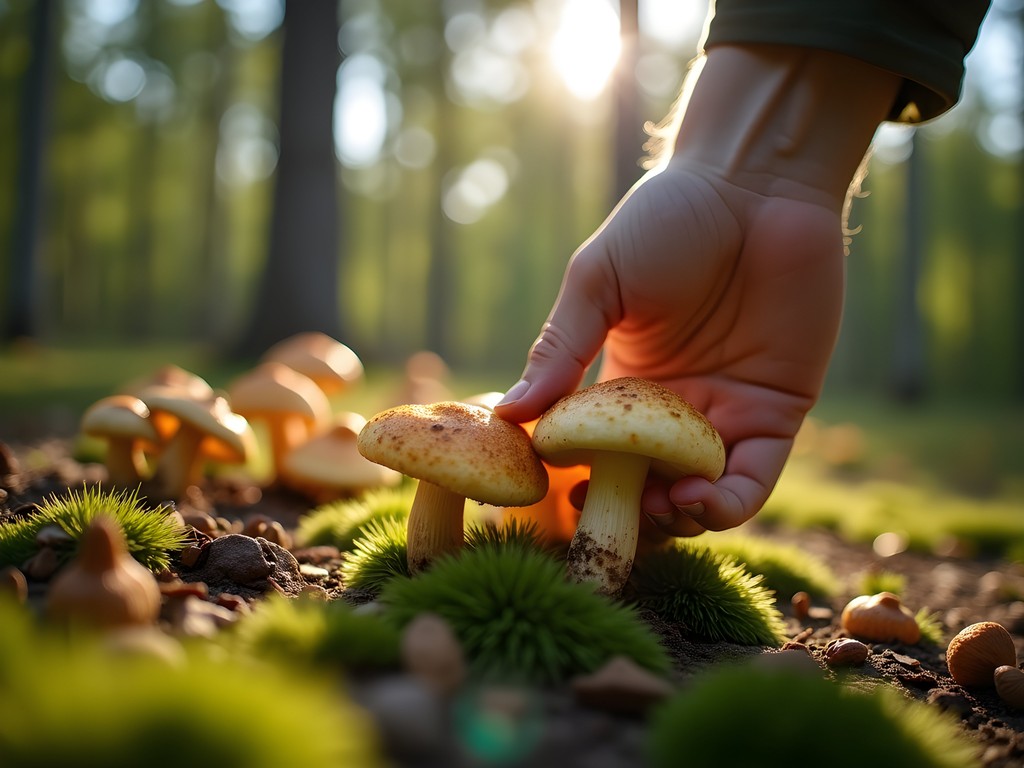
💡 Pro Tips
- Download the 'Sienimestari' app to help identify safe mushroom species when foraging
- Join a guided foraging tour if you're inexperienced – many Helsinki chefs offer seasonal excursions
- Remember that 'everyman's right' comes with responsibilities: take only what you'll use and leave no trace
Final Thoughts
As my weekend in Helsinki draws to a close, I find myself sitting at the communal table of Juuri, a restaurant specializing in 'sapas' – Finnish tapas that reinterpret traditional recipes for contemporary palates. Beside me, a local architect and a visiting Swedish chef debate the future of Nordic cuisine, occasionally drawing me into their animated conversation. This scene encapsulates what makes Helsinki's food culture so compelling: it's a dialogue between past and future, tradition and innovation, that welcomes outside perspectives while remaining distinctly Finnish.
Helsinki doesn't announce its culinary prowess with the volume of Paris or the swagger of New York. Instead, it reveals itself gradually to those willing to look beyond the surface – much like the subtle complexity of the spruce tip ice cream now melting on my tongue. The city's food renaissance mirrors what I've observed in ancient civilizations that thrived in challenging environments: resourcefulness elevated to an art form, necessity transformed into virtue. As climate change reshapes our relationship with food, Helsinki's approach – seasonal, sustainable, connected to the land – feels less like a trend and more like a blueprint for our collective future. I leave with my palate expanded and my perspective shifted, carrying the flavors of the north like treasures to be revisited in memory long after my flight home.
✨ Key Takeaways
- Helsinki's culinary scene balances deep respect for tradition with bold innovation
- The connection between food and nature remains strong, with foraging and wild ingredients central to Finnish cuisine
- Summer offers the ideal combination of midnight sun, abundant fresh produce, and outdoor dining opportunities
- The sauna-dining connection provides a uniquely Finnish sensory experience worth building into your itinerary
- Market halls offer the most accessible entry point to understand Finnish food culture and meet local producers
📋 Practical Information
Best Time to Visit
June to August
Budget Estimate
$150-300 per day including accommodations and fine dining
Recommended Duration
3-4 days
Difficulty Level
Easy
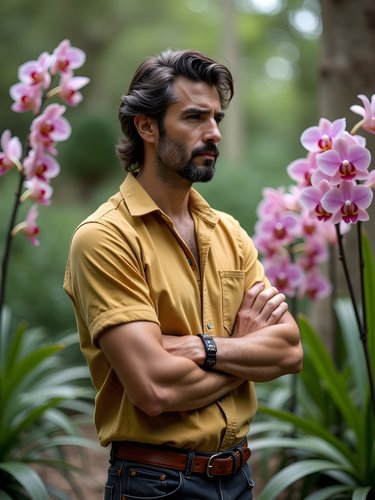
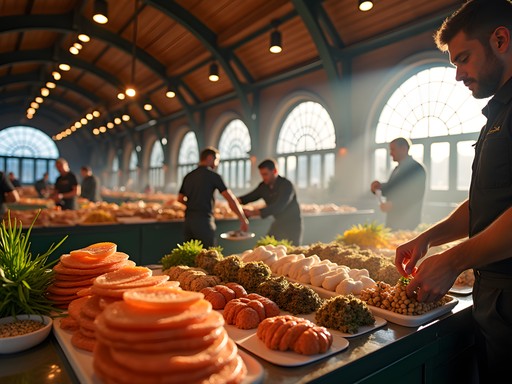
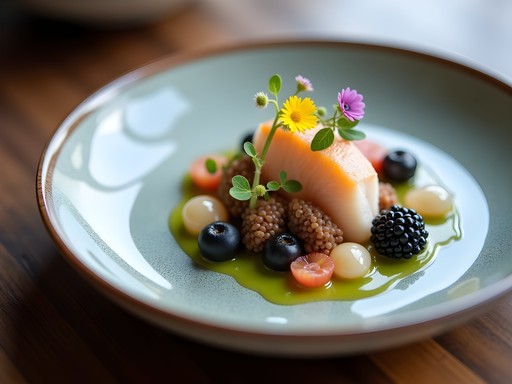

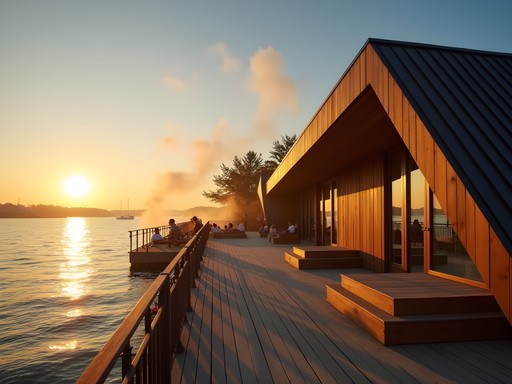
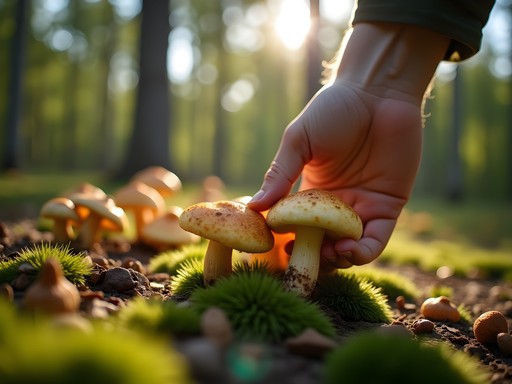



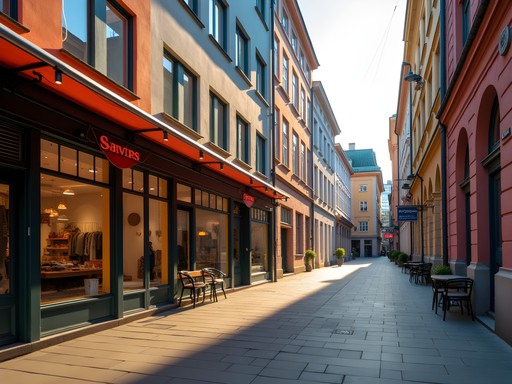
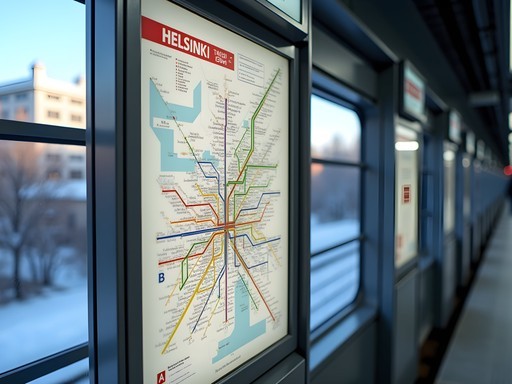




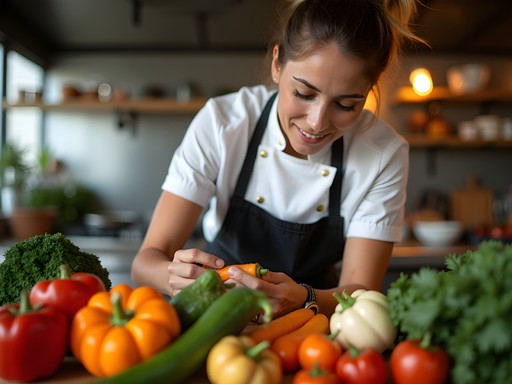
Comments
sunsetlegend
Those coffee shops look amazing! Adding Helsinki to my bucket list right now.
Venture X
Premium card with 2X miles, $300 travel credit, Priority Pass